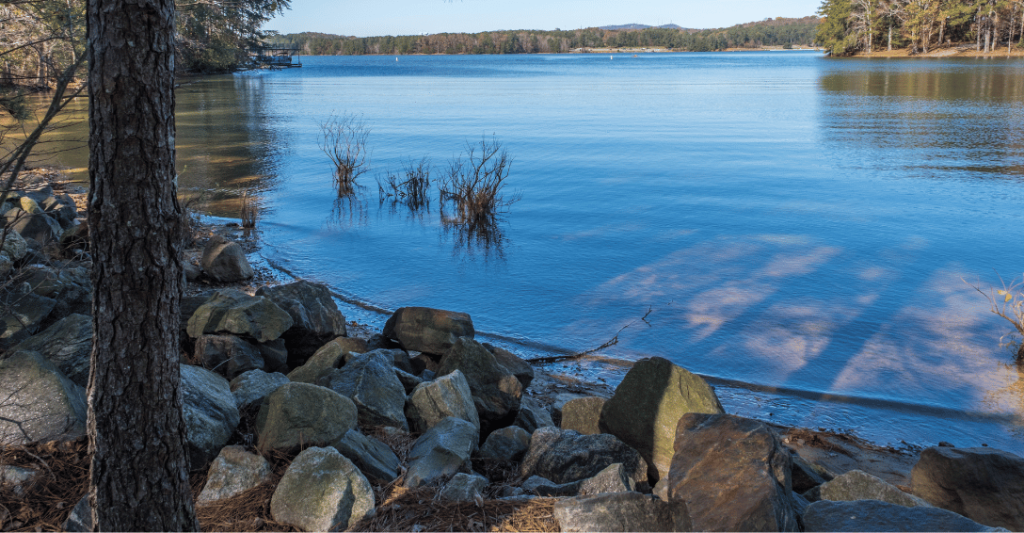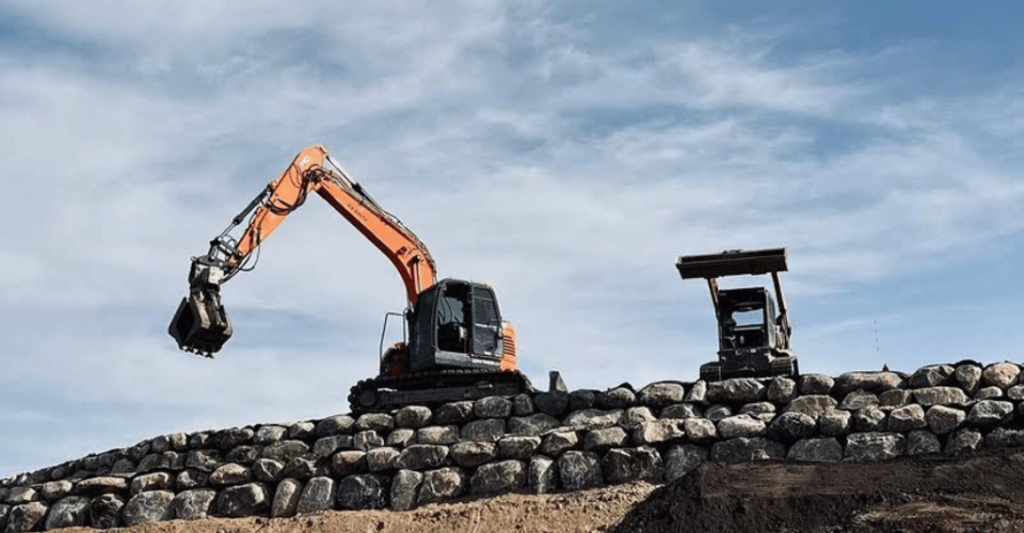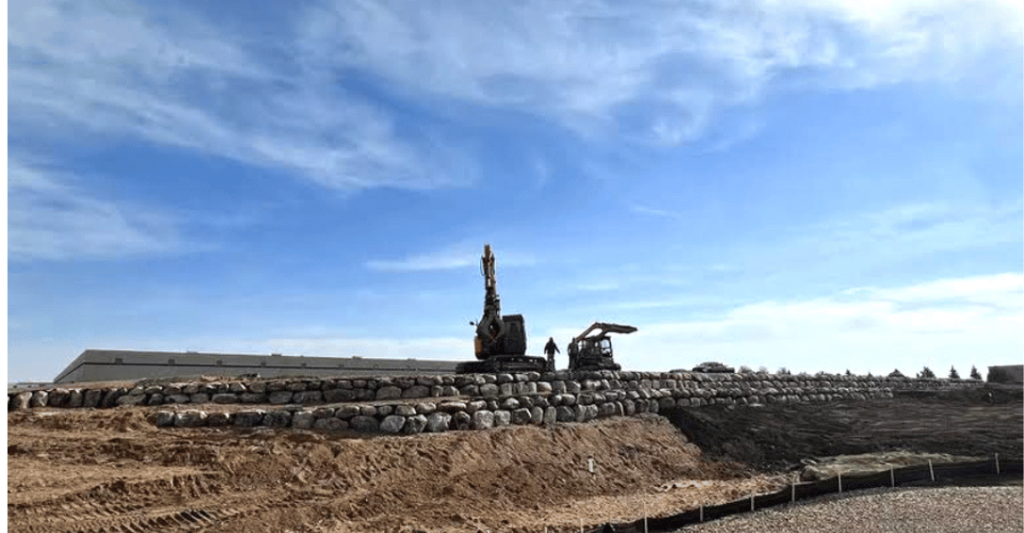RIPRAP VS. OTHER SHORELINE PROTECTION: WHICH IS MORE COST-EFFECTIVE?
Discover the benefits of using riprap for shoreline protection. Riprap is a natural-looking solution that can blend in with the surrounding environment while providing effective erosion control.
Shoreline protection
Shoreline protection is an essential aspect of maintaining the integrity of waterfront properties. Without proper protection, shorelines can erode, leading to property damage and loss of land. There are various methods of shoreline protection, but in this article, we will focus on riprap and compare it to other methods.
What is Riprap?
Riprap is a method of shoreline protection that involves the use of large rocks or boulders placed along the shoreline. The rocks are arranged in a way that allows water to flow through them while preventing soil erosion.
Riprap can be made from various materials, including granite, limestone, and sandstone. The choice of material depends on the location and the desired aesthetic.
Riprap works by absorbing the energy of waves and currents, reducing their impact on the shoreline. The rocks also provide a stable base for vegetation to grow, further strengthening the shoreline.
Riprap is a layer of large stones that protects soil from erosion in areas of high or concentrated flows. It is especially useful for armoring channel and ditch banks, among other features. Construction staff may also pair riprap with other stormwater control measures to reduce stormwater flow rates.


Other Shoreline Protection Methods
Other methods of shoreline protection include seawalls, gabions, and geotextiles. Seawalls are vertical structures made of concrete or steel that are designed to withstand the force of waves and currents. Gabions are wire cages filled with rocks or other materials that are placed along the shoreline. Geotextiles are synthetic fabrics that are used to stabilize the soil and prevent erosion.
While these methods can be effective, they often have a more artificial appearance and can be more expensive than riprap.
Benefits of Riprap
Riprap has several benefits that make it an attractive option for shoreline protection. One of the most significant benefits is its natural-looking appearance. Riprap can blend in with the surrounding environment, making it a more aesthetically pleasing option than other methods.
Riprap is also effective at controlling erosion. The rocks absorb the energy of waves and currents, reducing their impact on the shoreline. This can help prevent soil erosion and protect the property from damage.

Additionally, riprap is durable and long-lasting. It can withstand the elements and requires minimal maintenance, making it a cost-effective option in the long run.
Cost-Effectiveness of Riprap
While the initial cost of riprap installation may be higher than other methods, it is often more cost-effective in the long run. Riprap requires minimal maintenance and has a long lifespan, reducing the need for costly repairs or replacements.
Additionally, riprap can be more environmentally friendly than other methods. It allows for the growth of vegetation, which can provide habitat for wildlife and improve water quality.
Frequently Asked Questions
Riprap can last for several decades with minimal maintenance. The lifespan depends on the quality of the materials used and the installation process.
While seawalls can be effective at protecting shorelines, they often have a more artificial appearance and can be more expensive than riprap. Seawalls can also cause erosion on adjacent properties and disrupt natural habitats.
Riprap can be used in most types of shorelines, including rocky and sandy shores. The choice of materials and installation process may vary depending on the location.
Riprap can be more environmentally friendly than other methods of shoreline protection. It allows for the growth of vegetation, which can provide habitat for wildlife and improve water quality.
Riprap requires minimal maintenance, but it should be inspected periodically for damage or erosion. Any necessary repairs should be made promptly to prevent further damage.
While it is possible for homeowners to install riprap, professional installation is recommended. Proper installation is essential for the effectiveness and longevity of the riprap.
Riprap can provide habitat for marine life, including fish and invertebrates. The rocks can provide shelter and food sources, improving the overall health of the ecosystem.
Riprap is a natural-looking and effective method of shoreline protection that can be more cost-effective than other methods in the long run. Its durability and minimal maintenance requirements make it an attractive option for property owners. If you are interested in learning more about riprap and how it can benefit your shoreline, please contact us for more information.
